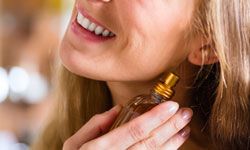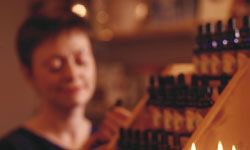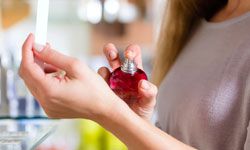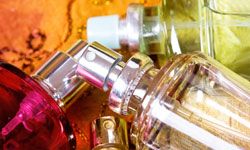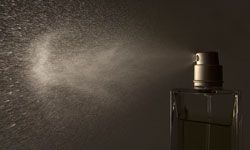
Cleopatra, queen of Egypt, was a shrewd, accomplished woman. Among her talents was expertise at designing perfume. According to the historian Plutarch, when Cleopatra prepared to meet Marc Antony, she dressed like Venus, the goddess of love, and sailed in on a barge bedecked with gold and silver and so redolent with fragrance that "perfumes diffused themselves from the vessel to the shore." By the next day, she had the ruler of the Middle East wrapped around her little finger.
Cleopatra doubtlessly knew what science has proven: Of all the senses, the sense of smell is most powerful in exciting passion. Smells are perceived by the brain's limbic system, the same region that's involved in mood and emotion. Aroma and emotion flow like two streams that converge.
Advertisement
The art of mixing perfumes goes back at least to ancient Babylon, circa 4000 B.C. Then, as now, the recipe was simple: Fragrance-bearing oils, called essential oils, are dissolved in another substance. The original oils were extracted from herbs and spices and tree resin such as frankincense and myrrh. The solvent was animal fat or olive oil.
Today, natural oils may be complemented by laboratory-born inventions and dissolved in ethyl alcohol (ethanol). Science has made perfumes more varied and available, but the price can make them seem like a royal luxury. You don't need the riches of a queen, though, to feel like one. In the spirit of the clever Cleopatra, we offer 10 tips for making the most of your favorite potion.
